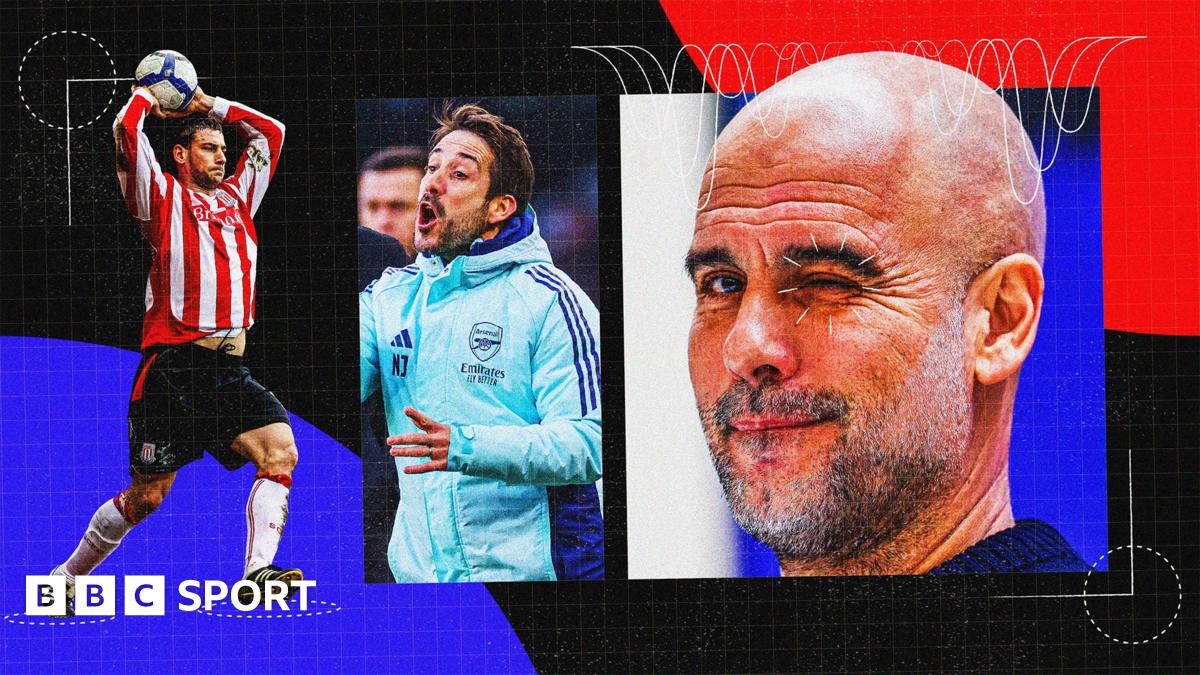
In the tactics of football, it’s not just deception.
There are ‘Darr Art’ of Defensive, Advice and Pass without Looking. But where are the Trojan horses, tactical tricks?
Players are constantly more universal and there are many managers, constantly changing the games and among them. In fact, many administrators reject the idea of forming these days.
But there is still a fundamental difference between, saying, 4-3-3, 3-4-2-1, and although many coaches are comfortable to change to above, rely on the game – transfer to three back players to see the last few minutes of progress, for example – no one will change the game.
And no one does that to fool the other manager.
Imagine two teams on 4-3-3, with Tachlain’s wings and two number eight in front of a defender. They feel each other for the first 10 minutes, getting used to their opponents’ maps.
He then suddenly exchanged a team for 3-4-2-1 The wings disappear, the triangle of three midfielders will be four forms of boxes, the other side must go urgently to continue.
After five minutes, they are resurrounded again. Or completely convert it to the third system. There will be rioters, but the team that planned the switch will be of great benefits in the peaceful adaptations.
And it can have a big impact on the game because, at risk of getting hyplutes, it will require a new way of thinking about time.
Currently, footballers are only thinking about time in a very limited way: How many hours we have to start progress, when will it be the first replacement, when to throw away the kitchen synthesis.
Time is anxious with the other team, something we react to, the change that slips on our fingers.
The squad will need to break the game for part of time and plan for each department. When we start thinking like this, that 90 minutes can feel longer and richer – something to take over and control.